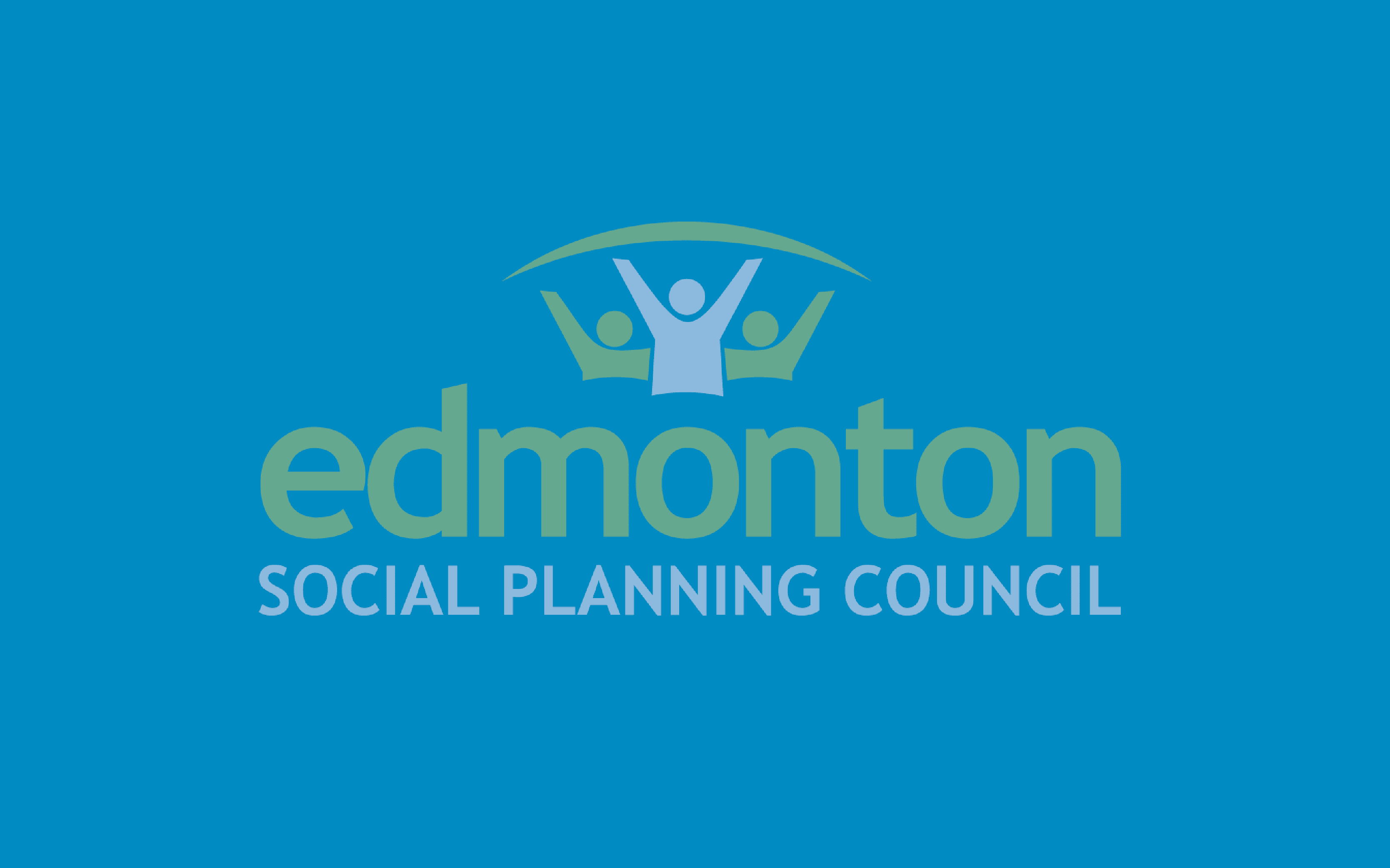[et_pb_section fb_built=”1″ _builder_version=”4.7.0″ custom_margin=”0px||0px||false|false” custom_padding=”0px||0px||false|false”][et_pb_row column_structure=”3_4,1_4″ use_custom_gutter=”on” gutter_width=”2″ _builder_version=”4.7.7″ _module_preset=”default” width=”100%” custom_margin=”0px||||false|false” custom_padding=”0px||0px||false|false” border_width_bottom=”1px” border_color_bottom=”#a6c942″][et_pb_column type=”3_4″ _builder_version=”4.7.0″ _module_preset=”default”][et_pb_post_title meta=”off” featured_image=”off” _builder_version=”4.7.4″ _module_preset=”default” title_font=”||||||||” custom_margin=”||3px|||” border_color_bottom=”#a6c942″][/et_pb_post_title][/et_pb_column][et_pb_column type=”1_4″ _builder_version=”4.7.0″ _module_preset=”default”][et_pb_image src=”https://edmontonsocialplanning.ca/wp-content/uploads/2020/12/COLOUR-BLOCKS_spaced-300×51.png” title_text=”COLOUR BLOCKS_spaced” align=”center” _builder_version=”4.7.7″ _module_preset=”default” max_width=”100%” max_height=”75px” custom_margin=”0px|0px|0px|0px|false|false” custom_padding=”10px|0px|20px|0px|false|false” global_module=”96648″][/et_pb_image][/et_pb_column][/et_pb_row][et_pb_row column_structure=”3_4,1_4″ use_custom_gutter=”on” gutter_width=”2″ make_equal=”on” _builder_version=”4.7.7″ background_size=”initial” background_position=”top_left” background_repeat=”repeat” width=”100%” custom_margin=”0px|auto|0px|auto|false|false” custom_padding=”30px|0px|0px|0px|false|false”][et_pb_column type=”3_4″ _builder_version=”4.5.6″ custom_padding=”0px|0px|0px|0px|false|false” custom_padding__hover=”|||”][et_pb_text _builder_version=”4.7.5″ _dynamic_attributes=”content” _module_preset=”default” text_font=”|600|||||||” text_text_color=”#2b303a” custom_padding=”||32px|||”]@ET-DC@eyJkeW5hbWljIjp0cnVlLCJjb250ZW50IjoicG9zdF9kYXRlIiwic2V0dGluZ3MiOnsiYmVmb3JlIjoiIiwiYWZ0ZXIiOiIiLCJkYXRlX2Zvcm1hdCI6ImRlZmF1bHQiLCJjdXN0b21fZGF0ZV9mb3JtYXQiOiIifX0=@[/et_pb_text][et_pb_button button_url=”https://edmontonsocialplanning.ca/wp-content/uploads/2021/03/Research-Update-March-2021.pdf” button_text=”Download the March 2021 Edition of our Research Update” _builder_version=”4.9.2″ _module_preset=”default” custom_button=”on” button_text_color=”#ffffff” button_bg_color=”#008ac1″ custom_margin=”||19px|||” custom_padding=”||5px|||”][/et_pb_button][et_pb_text _builder_version=”4.9.2″ text_text_color=”#2b303a” text_line_height=”1.6em” header_2_font=”||||||||” header_2_text_color=”#008ac1″ header_2_font_size=”24px” background_size=”initial” background_position=”top_left” background_repeat=”repeat” text_orientation=”justified” width=”100%” module_alignment=”left” custom_margin=”0px|0px|0px|0px|false|false” custom_padding=”25px||||false|false” locked=”off”]
Note: this is excerpted from the March 2021 edition of our “Research Update” publication. The Edmonton Social Planning Council, in collaboration with our volunteers, strives to provide stakeholders and community members with up-to-date reviews, prepared by our volunteers, on recently published social research reports and publications.
A review by Shawna Ladouceur
In 2011, the Royal Society of Canada (RSC) published End-of-Life Decision Making. This timely report framed the findings and recommendations of an expert panel convened by the RSC in response to questions of public policy around the legalization of medical assistance in dying (MAiD). A decade on, the RSC assembled a Policy Briefing Committee to assess the impact of the 2011 report to track policy and statutory progress and to identify ongoing challenges. Summarized here, the policy brief lauds success, but also looks ahead to next steps and work still to be done.
Recognizing the impossibility of addressing MAiD in isolation, in preparing the 2011 report the RSC conducted an extensive review of literature exploring the full continuum of end-of-life care, which includes:
- withholding and withdrawal of potentially life-sustaining treatment,
- advance directives,
- palliative care,
- potentially life-shortening symptom relief,
- terminal sedation, and
- assisted suicide and voluntary euthanasia (i.e., MAiD).
This in-depth examination of social attitudes, ethical issues, and legal statutes led the RSC to conclude that Canada should move forward with provisions for MAiD—for which they provided 30 recommendations to guide the process.
Proving fortuitous, the 2011 report coincided with arguments heard in the groundbreaking case, Carter v. Canada (2015). Heard by the British Columbia Supreme Court, the case challenged Criminal Code statutes forbidding euthanasia and physician assisted suicide. Admitted into evidence on the grounds of providing expert opinion on the matter, the report was quoted and later echoed in the judge’s decision to declare the statutes in violation of the Charter of Rights and Freedoms (the Charter). Insisting that inherent risks of legalization “could be very substantially mitigated through a carefully-designed system imposing stringent limits that are scrupulously monitored and enforced,” the Supreme Court of Canada affirmed findings in this case (p. 11). Given 12 months to amend the Criminal Code, the judgement required Parliament to move forward with legislation allowing legal access to MAiD in Canada. The resulting Bill C-14, however, departed from both the report and from recommendations of Parliament’s own commissioned experts on some key provisions.
This divergence left work to be done at all six points along the continuum of end-of-life care and the door open to ongoing policy and statutory challenges. Although the policy brief shows there has been good progress in facilitating advanced care planning and moderate progress in expanding access to palliative care, the remaining areas have yet to be addressed—that is, clarifying legal status of withholding and withdrawal of potentially life-sustaining treatment, terminal sedation, and potentially life-shortening symptom relief. The policy brief outlines 31 remedial recommendations to address these deficiencies as well as those of current MAiD legislation. Ongoing challenges also hold promise in remedying several enduring expert concerns with current MAiD legislation. These concerns include the exclusion of persons not at the end of life or whose natural death is not reasonably foreseeable; lack of provision for advance requests; exclusion of mature minors; and a 10-day waiting period.
One challenge resulted in the important 2019 Truchon and Gladu v. Canada and Québec decision, in which the Québec Superior Court found MAiD eligibility criterion, including the requirement for death to be reasonably foreseeable, too restrictive and thus in violation the Charter. This provision therefore ceased to have any effect in Québec as of March 2020. The federal government chose not to appeal the decision. Québec has, however, “indicated its intention to address the issue of eligibility for MAiD where mental disorder is the sole underlying medical condition” (p. 29).
Currently before the House of Commons, the federal government’s own Bill C-7 would mitigate other outstanding expert concerns. This Bill would allow advanced requests for MAiD in cases of reasonably foreseeable death and would eliminate the associated waiting period. Bill C-7 also appears to concede some ground to Truchon and Gladu (2019), adding language regarding natural death that has not become reasonably foreseeable. The federal government has also agreed to further study the issues of advance requests and mature minors during the five-year review required by the 2016 MAiD law.
The retrospective provided by the policy brief indicates the 2011 report has been cited many times since its publication—most significantly in the landmark case heralding the advent of MAiD, but also in scholarly literature, policy documents, and the media—certainly exerting an effect on public opinion and events in intervening years. However, despite progress, concerns remain. The brief provides recommendations to redress deficiencies along the continuum of end-of-life care—including prevailing concerns with existing MAiD legislation—and leading options to address the issues that most certainly lie ahead.
Publication Source:
Sumner, L. W., Downie, J., Gupta, M., & Wales, J. (2020). End-of-life decision making: Policy and statutory progress (2011-2020). Royal Society of Canada https://rsc-src.ca/sites/default/files/EOL%20PB_EN.pdf
Get to know our volunteer:
Shawna Ladouceur is a Registered Nurse who sees the impacts of the social determinants of health in ways that demand action. She has extensive experience working directly with vulnerable populations in the inner city. Her personal interests include skiing, hiking, biking, running, reading, and travelling.
[/et_pb_text][/et_pb_column][et_pb_column type=”1_4″ _builder_version=”4.7.4″ custom_padding=”0px|20px|0px|20px|false|false” border_color_left=”#a6c942″ custom_padding__hover=”|||”][et_pb_testimonial author=”Posted by:” job_title=”@ET-DC@eyJkeW5hbWljIjp0cnVlLCJjb250ZW50IjoicG9zdF9hdXRob3IiLCJzZXR0aW5ncyI6eyJiZWZvcmUiOiIiLCJhZnRlciI6IiIsIm5hbWVfZm9ybWF0IjoiZGlzcGxheV9uYW1lIiwibGluayI6Im9uIiwibGlua19kZXN0aW5hdGlvbiI6ImF1dGhvcl93ZWJzaXRlIn19@” portrait_url=”@ET-DC@eyJkeW5hbWljIjp0cnVlLCJjb250ZW50IjoicG9zdF9hdXRob3JfcHJvZmlsZV9waWN0dXJlIiwic2V0dGluZ3MiOnt9fQ==@” quote_icon=”off” portrait_width=”125px” portrait_height=”125px” disabled_on=”on|off|off” _builder_version=”4.7.7″ _dynamic_attributes=”job_title,portrait_url” _module_preset=”default” body_text_color=”#000000″ author_font=”||||||||” author_text_align=”center” author_text_color=”#008ac1″ position_font=”||||||||” position_text_color=”#000000″ company_text_color=”#000000″ background_color=”#ffffff” text_orientation=”center” module_alignment=”center” custom_margin=”0px|0px|4px|0px|false|false” custom_padding=”32px|0px|0px|0px|false|false”][/et_pb_testimonial][et_pb_text disabled_on=”on|off|off” _builder_version=”4.7.7″ _dynamic_attributes=”content” _module_preset=”default” text_text_color=”#000000″ header_text_align=”left” header_text_color=”rgba(0,0,0,0.65)” header_font_size=”20px” text_orientation=”center” custom_margin=”||50px|||” custom_padding=”48px|||||”]@ET-DC@eyJkeW5hbWljIjp0cnVlLCJjb250ZW50IjoicG9zdF9jYXRlZ29yaWVzIiwic2V0dGluZ3MiOnsiYmVmb3JlIjoiUmVsYXRlZCBjYXRlZ29yaWVzOiAgIiwiYWZ0ZXIiOiIiLCJsaW5rX3RvX3Rlcm1fcGFnZSI6Im9uIiwic2VwYXJhdG9yIjoiIHwgIiwiY2F0ZWdvcnlfdHlwZSI6ImNhdGVnb3J5In19@[/et_pb_text][et_pb_code _builder_version=”4.9.3″ _module_preset=”default” hover_enabled=”0″ sticky_enabled=”0″ locked=”off”][3d-flip-book mode=”thumbnail-lightbox” id=”125311″ title=”true”][/3d-flip-book]
Click the image to view the document online.
[/et_pb_code][/et_pb_column][/et_pb_row][/et_pb_section]



